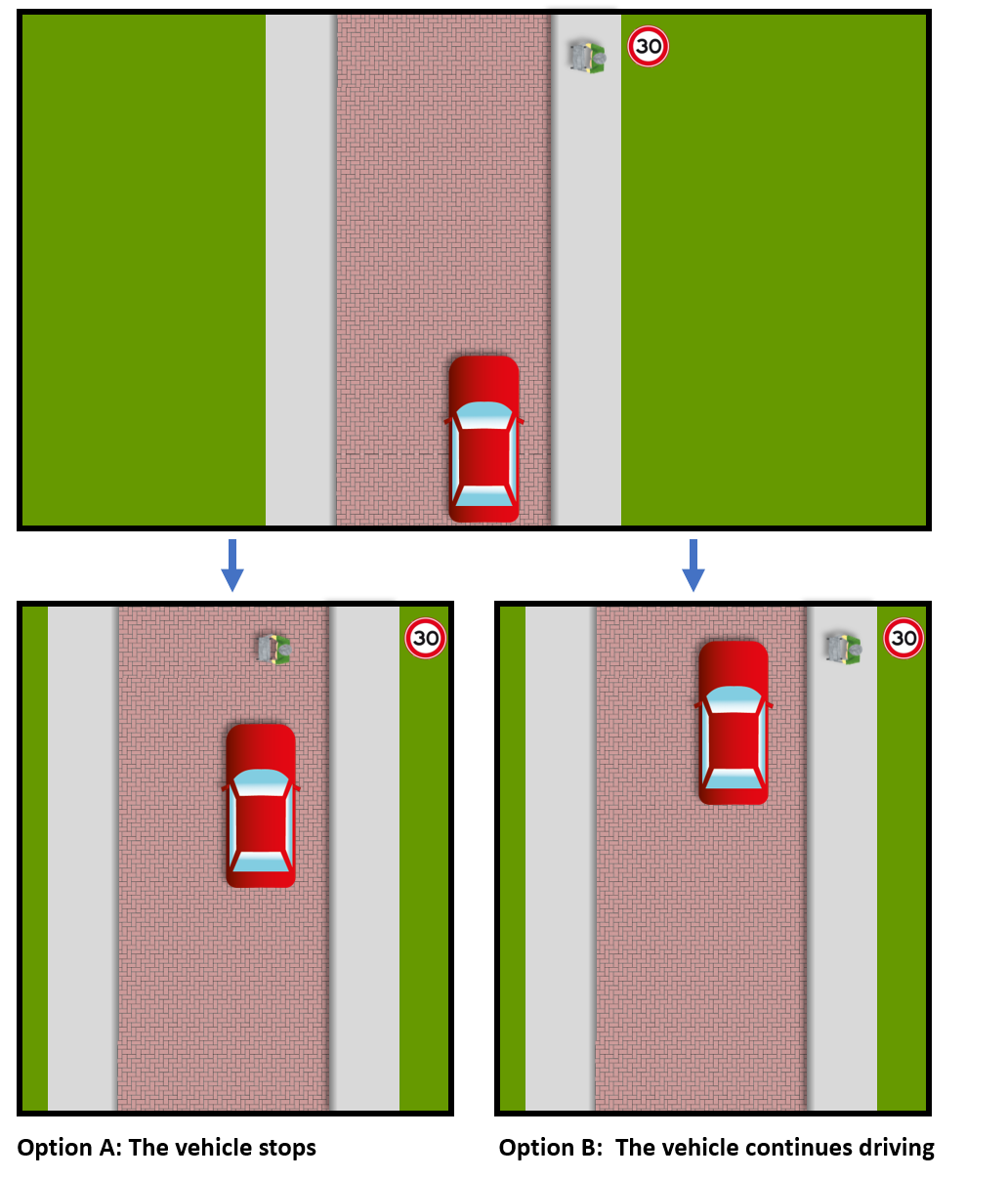Innovation / Traffic safety
How Should Autonomous Vehicles Behave?
Currently, various types of autonomous vehicles have been developed and tested in large numbers. But there remain significant barriers to full implementation of the vehicles. One of these challenges relates to the incorporation of something resembling social or polite driving behaviour. Manufacturers of autonomous vehicles have different ideas about what this behaviour should look like. But what do we, as users of these vehicles or/and as other road users, think about how autonomous vehicles should behave? Do we expect them behave according the same level of politeness as an average car driver or do we expect that they behave according another level of politeness?
Researchers have already attempted to study our expectations of how autonomous vehicles should behave in exceptional circumstances. These studies cover mostly moral behaviour in extreme situations, like who to sacrifice if a collision is inevitable, but they don’t include commonly occurring driving behaviour, like giving other road users the right of way. However, the issue of how polite we expect the behaviour of autonomous vehicles to be compared with regular car drivers is extremely interesting to address for different reasons:
- When the time comes, it is likely that we may become a passenger of an autonomous vehicle or/and that we will share the road with this new technology. Car manufactures have to develop these cars in such a way that those interactions are comfortable and appropriate. This means that understanding of what level of politeness we expect in the behaviour of these cars is essential.
- The relevance of this question applies not only for development, but also for government regulation of this technology. For instance, the Dutch minister of Transport and Water, states driving licenses for autonomous vehicles must be implemented to ensure that a vehicle will operate safely in traffic. Therefore, verifiable requirements related to the behaviour of these cars must be defined, which might be derived from what level of politeness we expect in their behaviour.
Research must seek to answer the above questions. At this point it is not easy to predict what the answer will be. On one hand, the autonomous vehicles replace human drivers, thus an equal level of politeness in their behaviour might be desired. On the other hand, an autonomous vehicle has the possibility to drive and behave in a better way than humans, and thus they might be demanded to behave in a politer way. However, speculating makes no sense, research will provide us the answer!

